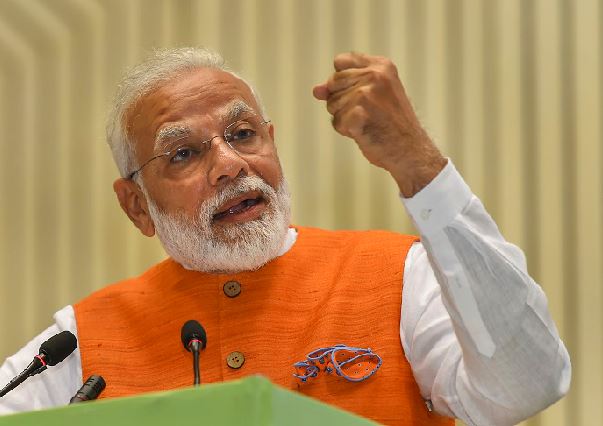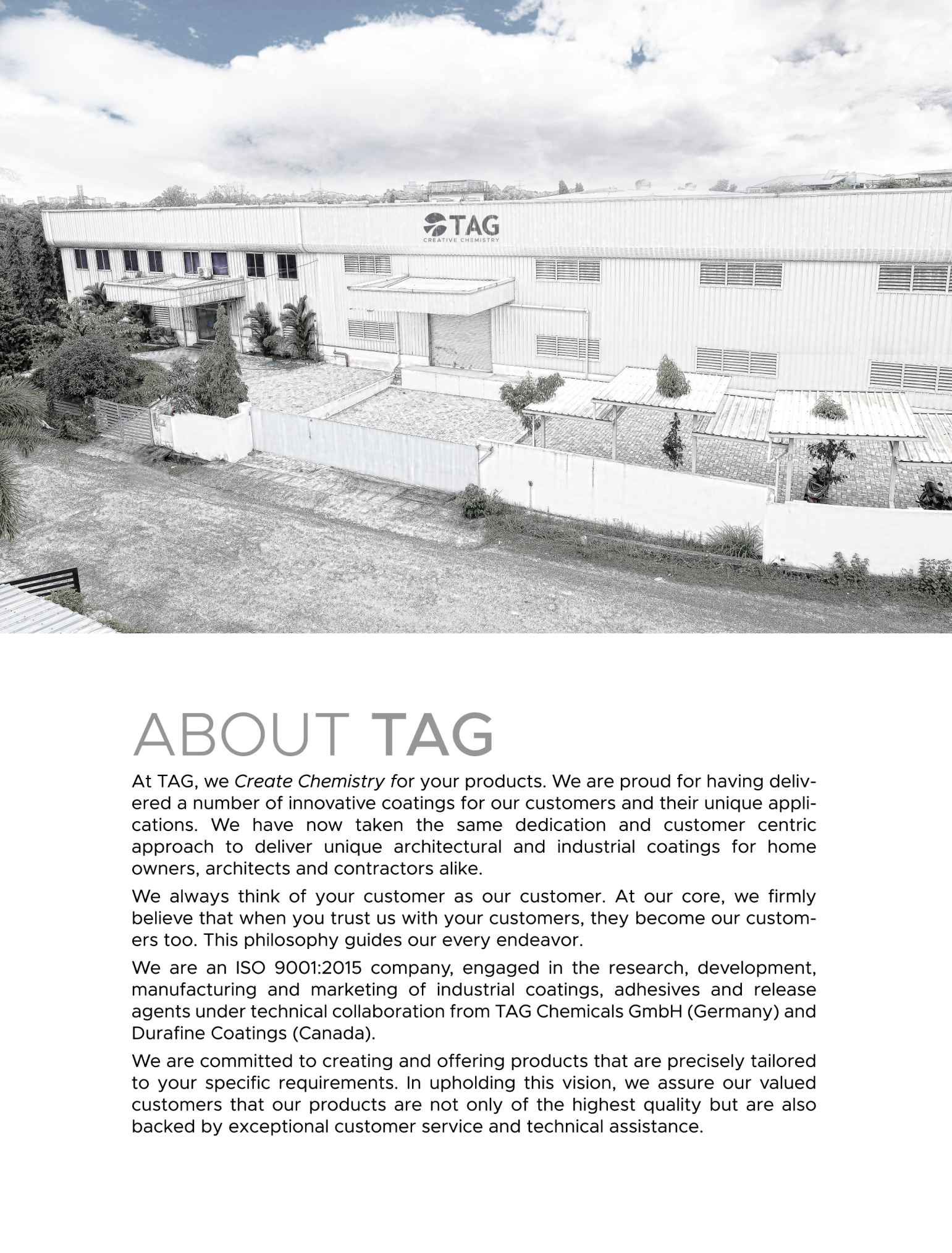
Economic problems can have counter
- फ़रवरी 19, 2020
- 0
Economic problems can have counter-intuitive solutions
 One of the lessons which the Modi government has yet to learn is that the solutions to economic problems can be counter-intuitive. In other words, not the first thing that strikes your mind is always correct. As we saw with demonetisation, the solution to black money is not necessarily to attack cash holdings, since most of the old notes came back to the Reserve Bank. Similarly, the solution to a tax shortfall is not necessarily to raise tax rates — a suggestion aired briefly in the context of the goods and services tax (GST) — any more than the solution to a trade deficit is to put up the shutters to imports. As the 1991 experience showed, the solution to a large trade deficit may be to open up the economy, not putting up protective walls.
One of the lessons which the Modi government has yet to learn is that the solutions to economic problems can be counter-intuitive. In other words, not the first thing that strikes your mind is always correct. As we saw with demonetisation, the solution to black money is not necessarily to attack cash holdings, since most of the old notes came back to the Reserve Bank. Similarly, the solution to a tax shortfall is not necessarily to raise tax rates — a suggestion aired briefly in the context of the goods and services tax (GST) — any more than the solution to a trade deficit is to put up the shutters to imports. As the 1991 experience showed, the solution to a large trade deficit may be to open up the economy, not putting up protective walls.
The response to pharmaceutical price increases has been to impose price ceilings, just as the response last September to a domestic shortage of onions was to impose an export ban. As critics of Donald Trump’s trade policies have pointed out, imposing additional import duties on goods from China has raised the cost of supplies domestically (JP Morgan calculates the impact on a family budget to be $1,000 in a year). Someone should do a similar exercise in India to work out the cumulative costs of the additional duties imposed on steel imports, the cost of tariff hikes and export subsidies on offer in the effort to make India a manufacturing hub for things like mobile phones, the potential impact of additional duties on imports in the “others” category, the likely cost to the consumer of banning palm oil imports from Malaysia and petroleum from Turkey, and so on.
A particularly striking example is offered by Jharkhand, which gives employers a subsidy of s5,000 per month for every employee taken on board in the garment industry. Surely, this is a measure of the lack of competitiveness of the country’s garment industry — bear in mind that labour cost cannot be the most important reason for lack of competitiveness because China is by far the world’s leading garment exporter despite having much higher labour costs although the subsidy seems to be generating a positive response from industry.
Any industry will invest if it is given a large enough incentive, but there may be better ways of using the taxpayer’s money if the underlying reasons for lack of competitiveness were to be addressed — like a bloated currency that prices India out of world markets. It might be argued that sometimes the best can be the enemy of the good, especially if the former is hard to deliver.
आम समझ से अलग
मोदी सरकार को अभी जो सबक सीखने हैं उनमें से एक यह भी है कि आर्थिक समस्याओं का हल आम समझ के प्रतिकूल भी हो सकता है। दूसरे शब्दों में कहें तो जरूरी नहीं कि पहली नजर में जो आपको अच्छा लगे वही सही हो। जैसा कि हमने नोटबंदी के समय देखा, काले धन की समस्या का हल नकदी की जमाखोरी पर हल्लाबोल कर नहीं निकाला जा सका क्योंकि अधिकांश पुराने नोट रिजर्व बैंक के पास वापस आ गए।
इसी तरह कर में कमी का हल अनिवार्य तौर पर कर दरों में इजाफा करना नहीं है। गौरतलब है कि वस्तु एवं सेवा कर के संदर्भ में थोड़े समय के लिए ही सही, यह हल सुझाया गया था। इसी तरह व्यापार घाटे का हल आयात प्रतिबंधित करना नहीं है। सन 1991 का अनुभव हमें दिखा चुका है कि व्यापक व्यापार घाटे का हल अर्थव्यवस्था को खोलना ही है, न कि संरक्षणवादी उपाय अपनाना।
औषधि कीमतों में बढ़ोतरी की प्रतिक्रिया स्वरूप कीमतों की अधिकतम सीमा तय कर दी गई। गत सितंबर में घरेलू बाजार में प्याज की कमी की प्रतिक्रिया स्वरूप निर्यात पर प्रतिबंध लगा दिया गया। जैसा कि डाॅनल्ड ट्रंप की व्यापारिक नीतियों का विरोध करने वालों ने कहा भी था कि चीन से आने वाली वस्तुओं पर अतिरिक्त आयात शुल्क लागू करने से घरेलू आपूर्ति की लागत में इजाफा हुआ। जेपी माॅर्गन के अनुसार इससे एक परिवार के सालाना बजट में 1,000 डाॅलर का बोझ पड़ा। भारत में भी किसी को ऐसी कवायद करनी चाहिए ताकि इस्पात आयात पर लगे अतिरिक्त शुल्क, टैरिफ बढ़ोतरी और देश को विनिर्माण केंद्र बनाने के लिए दी जाने वाली निर्यात सब्सिडी, कुछ वस्तुओं के आयात पर लगने वाले अतिरिक्त शुल्क आदि की लागत निकाली जा सके। इसके अलावा मलेशिया से पाम आॅयल के आयात पर लगे प्रतिबंध और तुर्की से पेट्रोलियम आयात पर रोक आदि की भी लागत निकाली जानी चाहिए।
झारखंड इसका विशेष उदाहरण प्रस्तुत करता है जहां वस्त्र उद्योग में नियोक्ताओं को प्रति कर्मचारी प्रति माह 5,000 रुपये की सब्सिडी प्रदान की जाती है। यह देश में वस्त्र उद्योग में प्रतिस्पर्धा की कमी को दर्शाता है। ध्यान रहे कि श्रम की लागत को प्रतिस्पर्धा में कमी की सबसे अहम वजह नहीं माना जा सकता है क्योंकि चीन दुनिया का सबसे बड़ा वस्त्र निर्यातक है जबकि उसकी श्रम लागत काफी ज्यादा है। हालांकि उक्त सब्सिडी पर उद्योग जगत सकारात्मक दिख रहा है।
किसी भी उद्योग को यदि व्यापक प्रोत्साहन मिलेगा तो वह निवेश करेगा लेकिन करदाताओं के पैसे का इससे कहीं बेहतर उपयोग सुनिश्चित किया जाना चाहिए। बेहतरीन की तलाश में ऐसे तमाम शिथिल समझौते कर लिए जाते हैं जो दिक्कतदेह हो सकते हैं।

































































